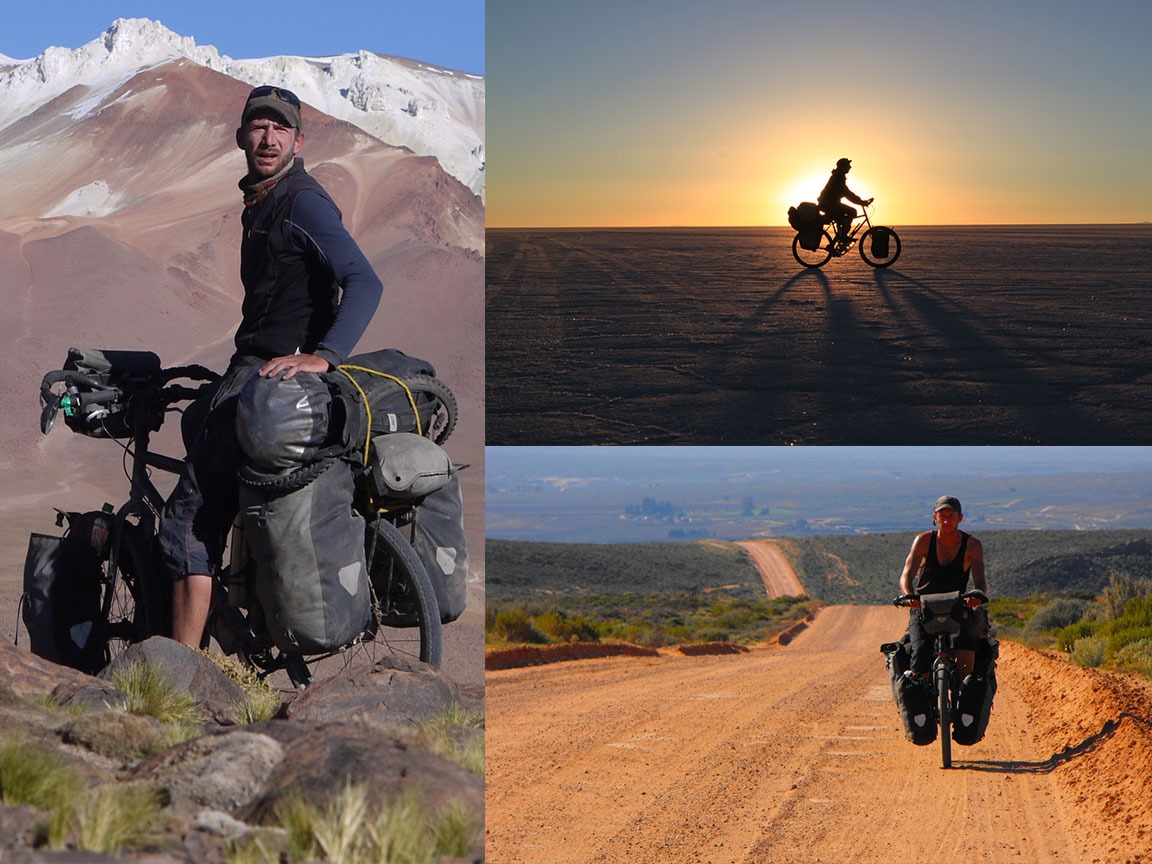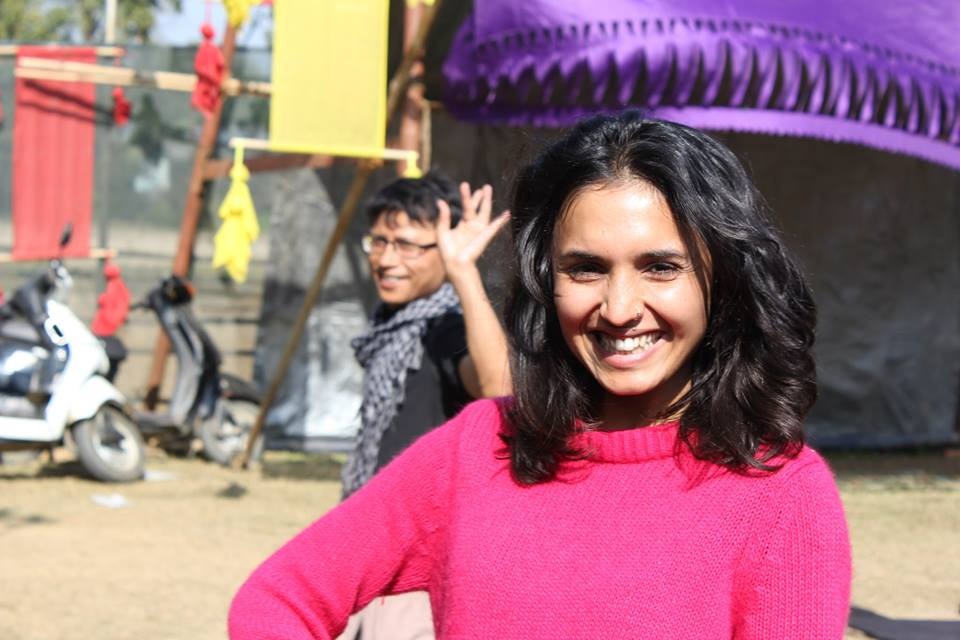
Around the World in a cycle, Steve Fabes an England citizen passes through Manipur
By James Khangenbam, 29/06/2023 Imphal:
Steve Fabes is a doctor by profession. He started out in 2010 with his cycle to travel six continents. He is in his sixth Continent Asia now. He thought it might take five or six years of his life in completing his mission and he is realizing it day by day. By the time of filing this story he has already accomplish his mission. Belinda is the name he gave to his cycle.
My cycle is a tour cycle built strong to last for long time. It is a Dutch company. I carry along a tent, sleeping bag, cooking materials, clothes, medicines, books and tools to repair my bicycle narrated Steve.
Way to Manipur
“It was a nice ride from Myanmar to Manipur. The roads were lovely.
To encourage kids to use bicycle which I enjoyed doing was good. I spent a magnificent time in Imphal meeting with lovely kids at Maria Montessori School Koirengei where I spoke to students from 6th standard to 12th Standard in two shifts and told them my story with photo and video I make during my tour. Also answer to small queries children asked me from their inquisitive mind. Pedal attack team had helped me a lot during my four days stay in Imphal they have shown me couple of places and they are very enthusiastic cyclists. My happiest moment in Imphal is spent along with them and they are marvelous”, expressed Steve Fabes.
Why cycle around the world
“I had a job I really enjoyed, I had a salary. I have my family and friends around, I have a very comfortable life, why would I leave all that to go and live on 10 dollars a day counting by the road. To find more difficult life, it was not an easy decision but in the end I decided to go for it because I really wanted an adventure, new challenge.
I kind of feel fit and healthy by travelling around the world and to learn about the world as well. These are the few things that inspired me to leave. I do not want to get any regrets as well. I have this idea of travelling around the world and I just have to get through came in my mind”, continued SteveFabes.
“ What is good about travelling by bicycle is you get lots closure to the nature, you feel part of the landscape. The other thing I love about bicycle travel is it moves slowly so you got to meet people. If you want to learn about other country it is the best way to travel as people see me. People ask me question, sometimes they offer me hospitality, and sometimes they offer me food. It is very good way to travel, for me it is best to travel. I love challenge and sense of adventure. I do not see a car for three or four days. I have crossed mountain which is 5200 meter above sea level. I came across many spectacular places to ride.
I use to write my dairy on a daily basis. After my journey when I reach home I will write a book on my travel, people and places I came across. I will resume my work but would prefer a part time as I would spend most of the time in writing the book” says a confidently spoken Steve.
Life is full of joy
“To me an adventure is something that pushes you to overcome difficulty, it is a new thing you try.
The toughest thing is kind of mental challenge not meeting familiar people for long time while I cycle for years.
In school I was not an athlete. In cycling around the world you do not have to have extra skill you need to persevere.
In the middle of my journey I ran out of money after three years when I was in Mexico. I use to write for magazine during my tour to earn.
Now there is crowd funding for my tour”, informed Steve.
What makes a day?
“Morning is the time when you have lots of time to think but I do not need any distracting so I rise early and start riding. Most difficult time in a day is post lunch when you feel tired. I listen some music during this time. In the evening I try to find a place to camp somewhere to sleep”, expressed Steve.
Why I have been doing that
Steve happens to cycle across the salt plate in Bolivia in full moon along with his friend Nicky. It is the world largest salt plates stretching 100 miles which could be seen from space. His love for adventure was reciprocated and growing in the ride.
“On 15 Jan, 2010 I cycle off and suddenly it appeared impossible. I stop by a park for four hours. Thoughts came in my mind as what was I doing, wondering what I was going to tell people, I have told everyone I am cycling for five years. I realize I had no choice.
I just got back on my back and started cycling. I decided I would just take one day at a time I would not try to think about five or six years that was terrifying. I just break it down into small times and think about where I am now and the next place and by doing that I figure I get around the world.
I started from London cycle across Europe in cold winter and east side of Africa cross to south of America, Northern Alaska and could not cycle further north. Australia, Indonesia, Singapore, Thailand, Malaysia, Myanmar and so on. By the time I reach Manipur, I have crossed 52 different countries and covered a distance which is one and half times around the world. I have recorded 65,000 kilometer ride on my cycle. Next year I am cycling back home for a cup of tea”, smiled through Steve.

